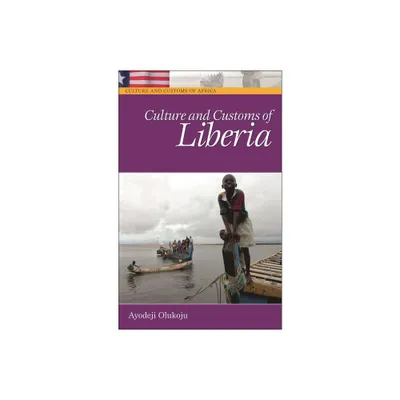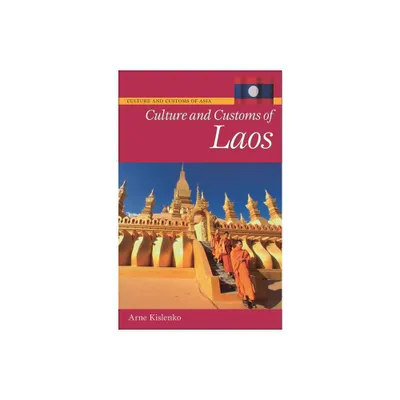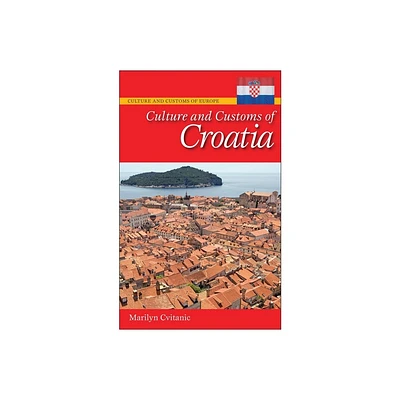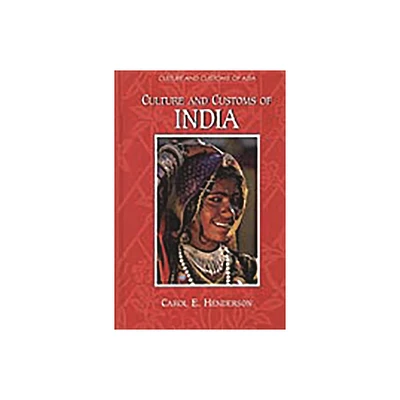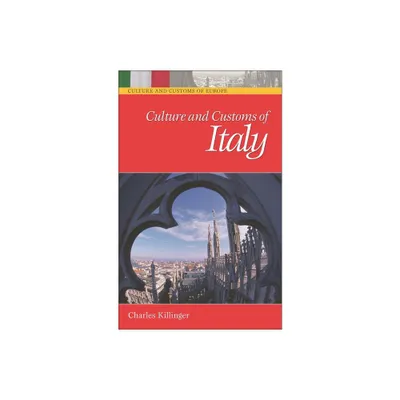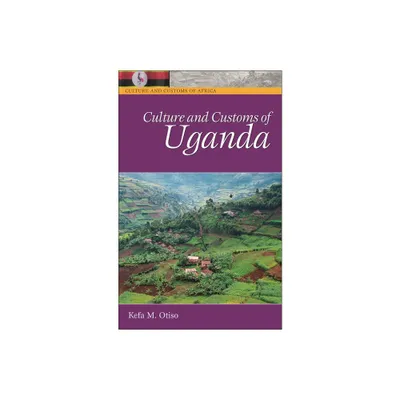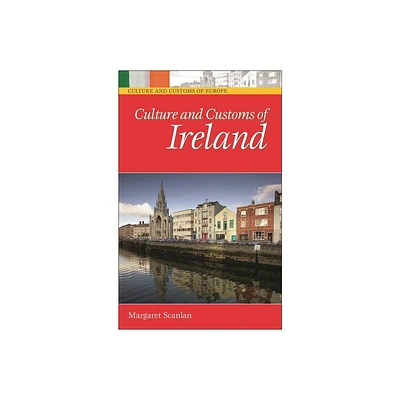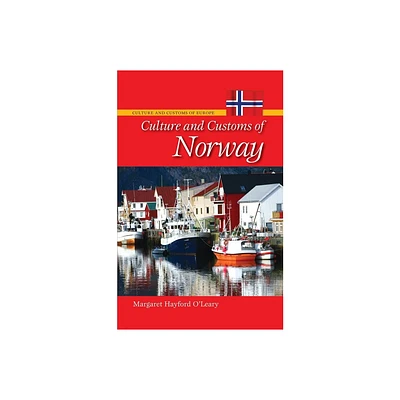Home
Culture and Customs of Guatemala
Loading Inventory...
Barnes and Noble
Culture and Customs of Guatemala
Current price: $70.00


Barnes and Noble
Culture and Customs of Guatemala
Current price: $70.00
Loading Inventory...
Size: Hardcover
*Product Information may vary - to confirm product availability, pricing, and additional information please contact Barnes and Noble
Culture and Customs of Guatemala
proffers a well rounded portrait of the people of the land known for breathtaking highlands, brilliantly colored Mayan textiles, generations of ruthless dictators, and violence against the Mayas since the Spanish conquest. This Central American hotspot is the home to a majority of Mayas, their coexistence with Ladinos—the non—Mayas, and the issue of land ownership provide the framework for understanding contemporary society. The blend of Mayan and Ladino cultural identities that shape Guatemala today permeates Shea's discussion of history, religion, social customs, media, literature, cinema, performing arts, and contemporary art. Students and other interested readers will come to understand how the traditions and reforms are shaping Guatemala in the 21-first century.
After an overview of Guatemalan history, geography, and demographics, a chapter on religion reveals the prevalent mixture of Catholic/Spanish and indigenous influences. In the Social Customs chapter, customs and festivals, many related to Catholic saints' days, the importance of Mayan weaving, and Guatemalan cuisine are emphasized. The recent lessening of censorship is a factor in the discussions of the status of broadcasting and print media and a small but emerging film industry. In the Literature chapter, Shea portrays a rich centuries-old literary tradition influenced by pre and post conquest indigenous texts and contemporary experimental trends whose themes are saturated in the country's social conflicts. Coverage of performing arts and contemporary art is evocative of the vibrant mixtures of cultures in Guatemala, with notable artists introduced and a description of architecture and housing. A chronology and glossary enhance the text.
proffers a well rounded portrait of the people of the land known for breathtaking highlands, brilliantly colored Mayan textiles, generations of ruthless dictators, and violence against the Mayas since the Spanish conquest. This Central American hotspot is the home to a majority of Mayas, their coexistence with Ladinos—the non—Mayas, and the issue of land ownership provide the framework for understanding contemporary society. The blend of Mayan and Ladino cultural identities that shape Guatemala today permeates Shea's discussion of history, religion, social customs, media, literature, cinema, performing arts, and contemporary art. Students and other interested readers will come to understand how the traditions and reforms are shaping Guatemala in the 21-first century.
After an overview of Guatemalan history, geography, and demographics, a chapter on religion reveals the prevalent mixture of Catholic/Spanish and indigenous influences. In the Social Customs chapter, customs and festivals, many related to Catholic saints' days, the importance of Mayan weaving, and Guatemalan cuisine are emphasized. The recent lessening of censorship is a factor in the discussions of the status of broadcasting and print media and a small but emerging film industry. In the Literature chapter, Shea portrays a rich centuries-old literary tradition influenced by pre and post conquest indigenous texts and contemporary experimental trends whose themes are saturated in the country's social conflicts. Coverage of performing arts and contemporary art is evocative of the vibrant mixtures of cultures in Guatemala, with notable artists introduced and a description of architecture and housing. A chronology and glossary enhance the text.

